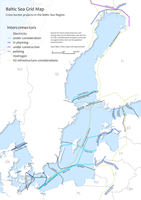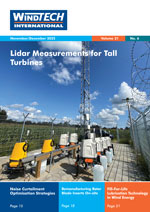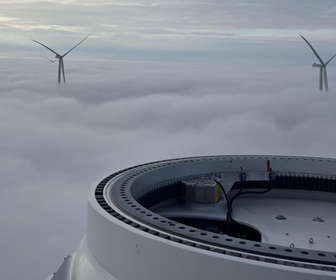 Transmission System Operators (TSOs) from eight Baltic Sea countries have published a joint expert paper calling for increased cross-border cooperation on offshore wind development and transmission infrastructure. The initiative, known as the Baltic Offshore Grid Initiative (BOGI), includes TSOs from Denmark, Estonia, Finland, Germany, Latvia, Lithuania, Poland and Sweden.
Transmission System Operators (TSOs) from eight Baltic Sea countries have published a joint expert paper calling for increased cross-border cooperation on offshore wind development and transmission infrastructure. The initiative, known as the Baltic Offshore Grid Initiative (BOGI), includes TSOs from Denmark, Estonia, Finland, Germany, Latvia, Lithuania, Poland and Sweden.
The roadmap sets out a framework to efficiently connect future offshore wind farms in the Baltic Sea to national electricity grids, aiming to boost generation and ensure a resilient power supply. Maritime infrastructure security is also a key focus. The Baltic Sea holds an estimated offshore wind potential of 93 GW, compared to the current installed capacity of under 5 GW.
The expert paper builds on the Vilnius Declaration, signed in April 2024, which gave TSOs a mandate to strengthen regional collaboration. The declaration set capacity targets of 26.7 GW by 2030 and 45 GW by 2040.
The paper includes a Baltic Sea Grid Map showing proposed cross-border electricity connections, including point-to-point interconnectors, hybrid links involving wind farms between countries, and radial connections linking wind farms in one country’s waters to another country’s grid.
It also addresses potential wake effects, financing challenges, supply chain constraints, and proposes joint measures such as harmonised regional planning, investor engagement, and targeted European Union funding. The eight participating TSOs are 50Hertz (Germany), AST (Latvia), elering (Estonia), Energinet (Denmark), Fingrid (Finland), Litgrid (Lithuania), PSE (Poland), and Svenska Kraftnät (Sweden).










